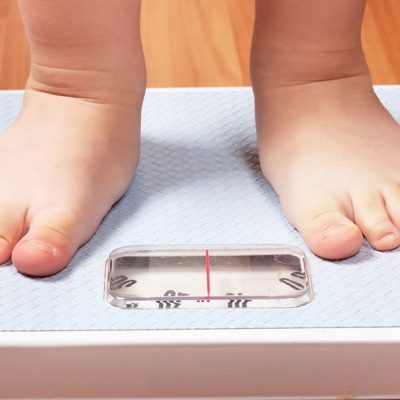
How to save billions in medical costs with small changes
A team from Johns Hopkins University has found that increasing the percentage of elementary school children (ages 8-11) in the US who participate in 25 minutes of exercise three times a week from 32% to 50% could save $21.9 billion. This number is a combination of medical costs and lost wages over the course of a lifetime. They also reported that there would be a reduction in the amount of overweight and obese children by 4.18% (equating to 1.2 million people). For the study, the team developed a computational model that relied on data from the National Health and Nutrition Examination Survey; they found that on average, 32% of children aged 8-11 get 25 minutes of physical activity three times a week.
The authors are keen to point out that their research shows that not only will encouraging exercise in children reap health benefits, but will pay big dividends when they grow up. They were also keen to admit that the savings are most likely an underestimate as there are other costs that weren’t taken into account, such as improving bone density and improving muscle mass. According to this data, schools in the USA should add more to their physical education programmes, as it is not only in the children’s best interests, but also the nation’s.




